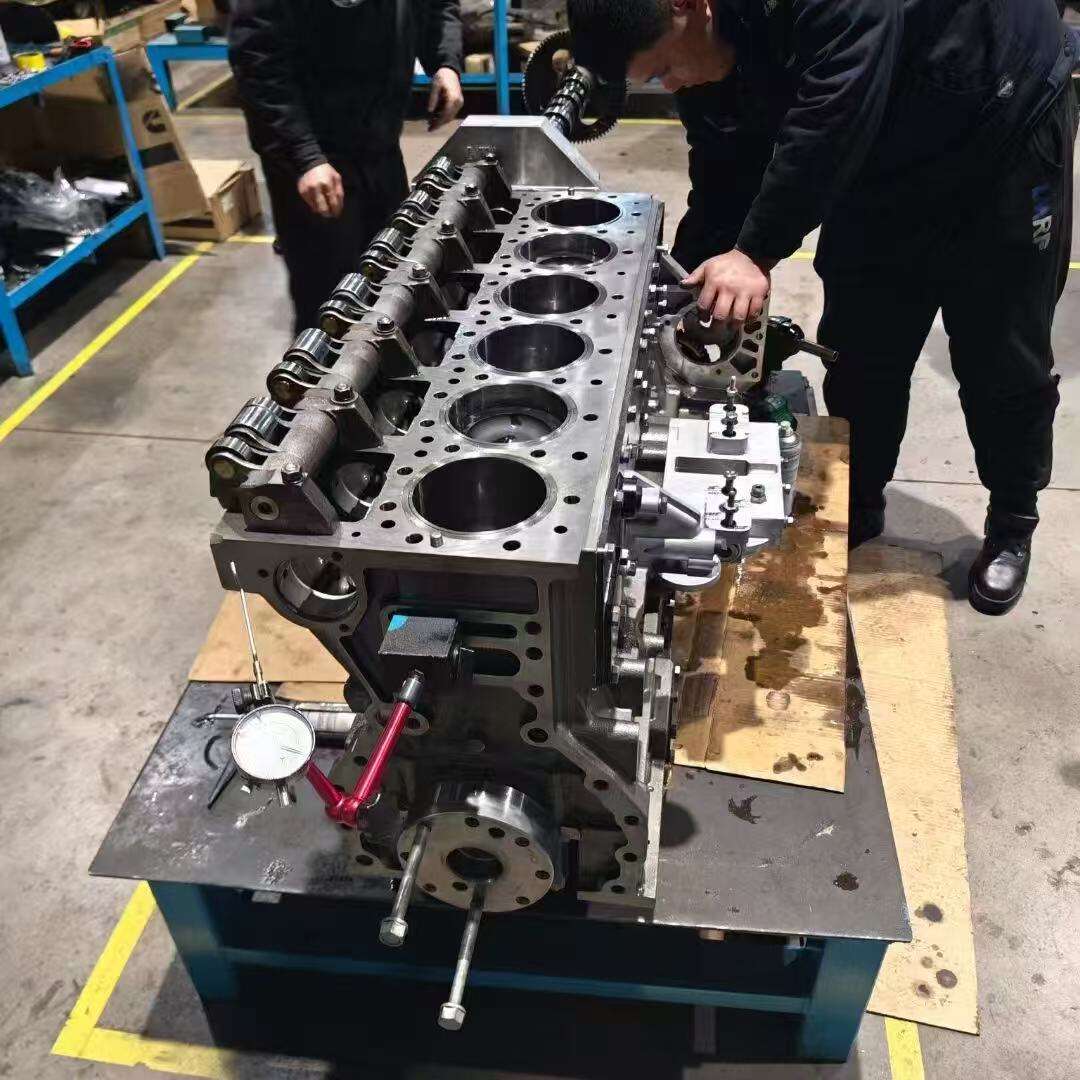newest remanufactured engine
The latest remanufactured engine represents a significant advancement in automotive engineering, combining sustainable manufacturing practices with cutting-edge performance capabilities. This innovative powerplant undergoes a comprehensive restoration process, where skilled technicians completely disassemble, inspect, and rebuild the engine using a mixture of new and reconditioned components. The engine features advanced metallurgical improvements, including precision-machined cylinder walls, upgraded valve seats, and modern bearing materials that often exceed original equipment specifications. Notable technological enhancements include updated fuel injection systems, improved thermal management solutions, and sophisticated electronic control modules that optimize performance and efficiency. These engines are particularly valuable in commercial fleet applications, luxury vehicle restoration projects, and as cost-effective replacements for both domestic and imported vehicles. Each unit undergoes rigorous testing protocols, including computerized diagnostic evaluations and dynamometer performance verification, ensuring reliability and consistency. The integration of modern manufacturing techniques with time-tested engineering principles results in an engine that delivers superior fuel economy, reduced emissions, and enhanced durability compared to many original equipment options.


